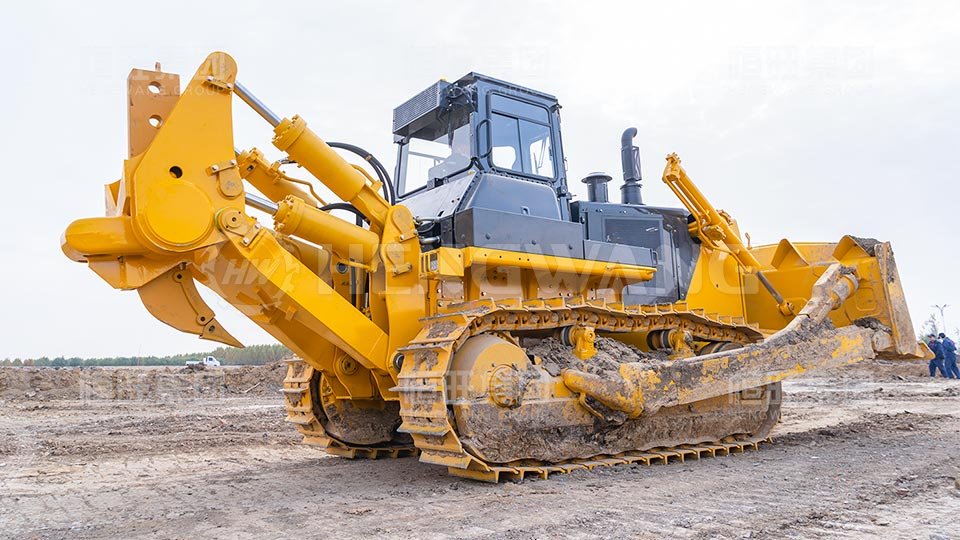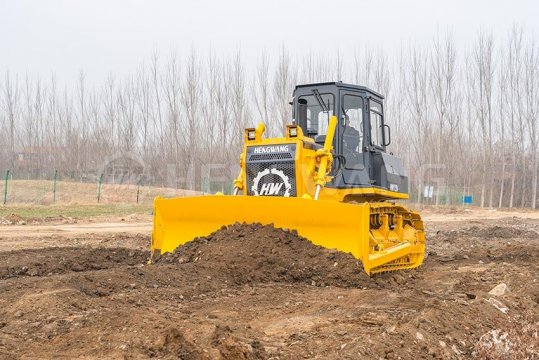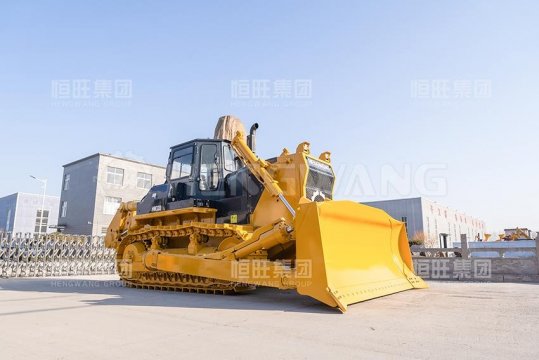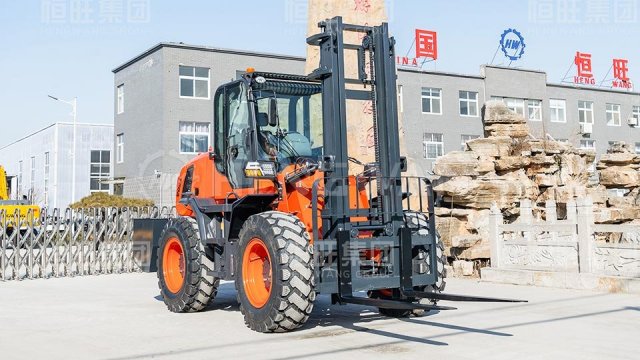In urban renewal and underground engineering projects, mastering bulldozer operation in confined spaces has become a core competency for modern construction teams. Industry statistics show that professional techniques can improve efficiency by 45% while reducing accident rates by 60%. This article details five key bulldozer operation in confined spaces techniques to help you safely overcome spatial limitations.

1. Three Major Challenges in Confined Spaces
Bulldozer operation in confined spaces must first address these difficulties:
(1) Limited Mobility: Turning radius reduced to less than 30% of normal operations
(2) Increased Blind Spots: Rear blind zones expand to 8-10 meters
(3) Coordination Difficulties: Minimum 2-meter safety distance required between equipment
Data from a subway construction project shows that applying scientific bulldozer operation in confined spaces techniques reduced the schedule by 25 days.
2. Equipment Selection and Modification
Professional bulldozer operation in confined spaces starts with proper preparation:
Optimal Models:
(1) Articulated bulldozers (35° steering angle)
(2) Track width not exceeding 2.2 meters
(3) Short-tail design (reduces swing space)
Essential Modifications:
(1) 360° panoramic monitoring system
(2) Upgraded audio-visual alarms (≥100 decibels)
(3) Laser positioning guides
Field tests confirm that targeted modifications improve success rates for bulldozer operation in confined spaces by 70%.
3. Five Precision Operation Principles
Slow Advance Rule:
(1) Maintain speed ≤3 km/h
(2) Stop and observe every 2 meters
Segmented Steering Method:
(1) Complete wide turns in 3-4 stages
(2) Reset blade position after each turn
Blade Micro-Control:
(1) Use "lift-slight push-reset" cycle
(2) Keep each pass under 15 cm thickness
4. Collaborative Safety System
Effective bulldozer operation in confined spaces requires:
Communication Systems:
(1) Dual-channel radios (main + emergency)
(2) Standardized hand signals (12 basic commands)
Space Management:
(1) Dynamic no-entry zones (adjusting with equipment movement)
(2) Laser collision warning lines
Emergency Protocols:
(1) Designated escape routes (1.5x equipment width)
(2) Two spotters per machine
5. Strategies for Special Conditions
Bulldozer operation in confined spaces solutions for typical scenarios:
Underground Parking Construction:
"Corners-first then center" approach
Daily inspection of overhead supports
Tunnel Work:
One-way circulation system
Emergency bays every 10 meters
Utility Corridor Construction:
Ultra-short arm modified bulldozers
Air quality monitoring alarms
Mastering these bulldozer operation in confined spaces techniques triples productivity in the same area. Need case studies? Download our 《Global Confined Space Solutions Whitepaper》now!

 Bulldozer Blade Types: Core Configuration for Adapting to Different Operating Scenarios
Bulldozer Blade Types: Core Configuration for Adapting to Different Operating Scenarios
 Swamp bulldozer: An Efficient Solution for Operations in Muddy Environments
Swamp bulldozer: An Efficient Solution for Operations in Muddy Environments
 Rough terrain forklift with highest load capacity: A High-performance Solution for Heavy-duty Outdoor Operations
Rough terrain forklift with highest load capacity: A High-performance Solution for Heavy-duty Outdoor Operations